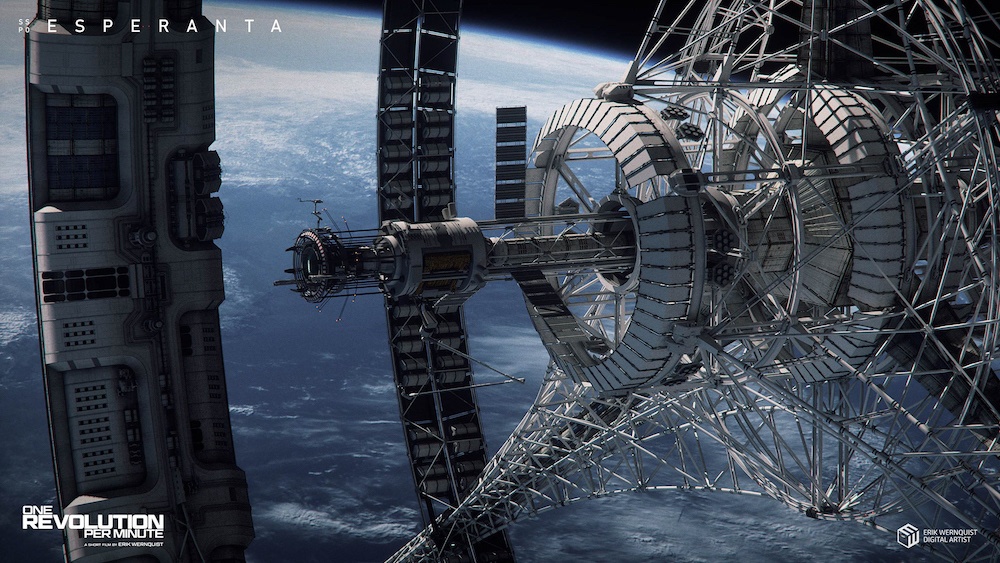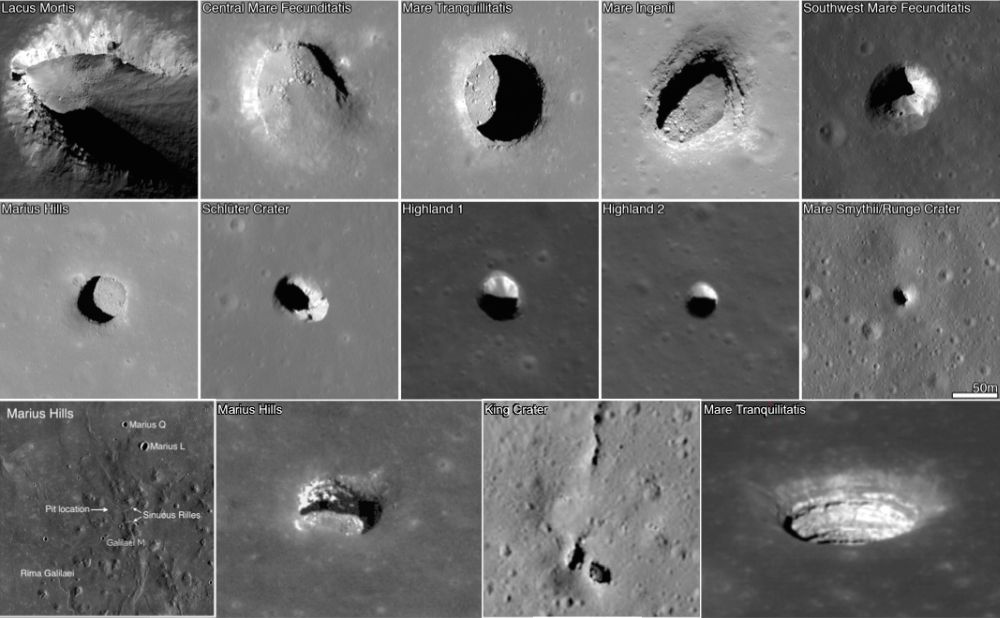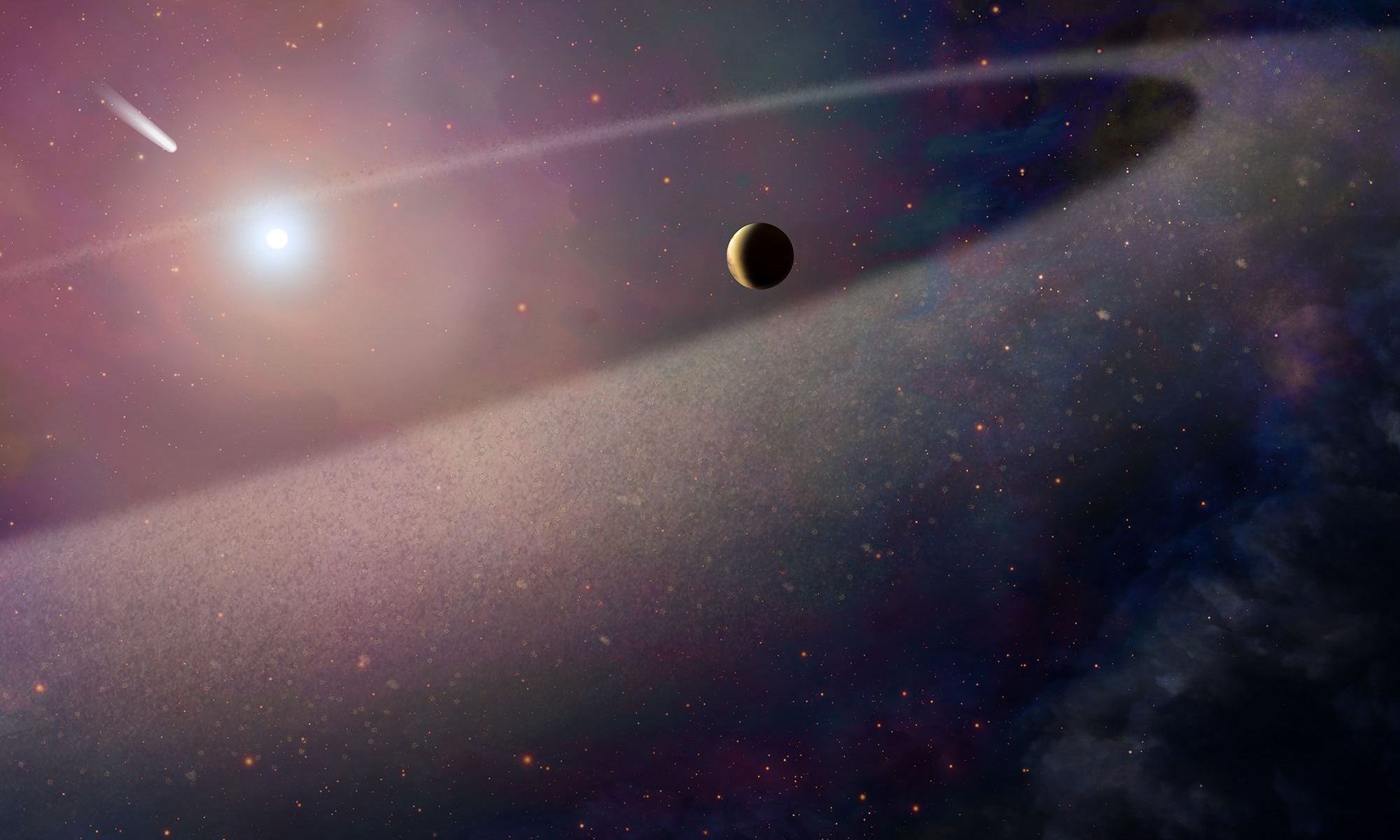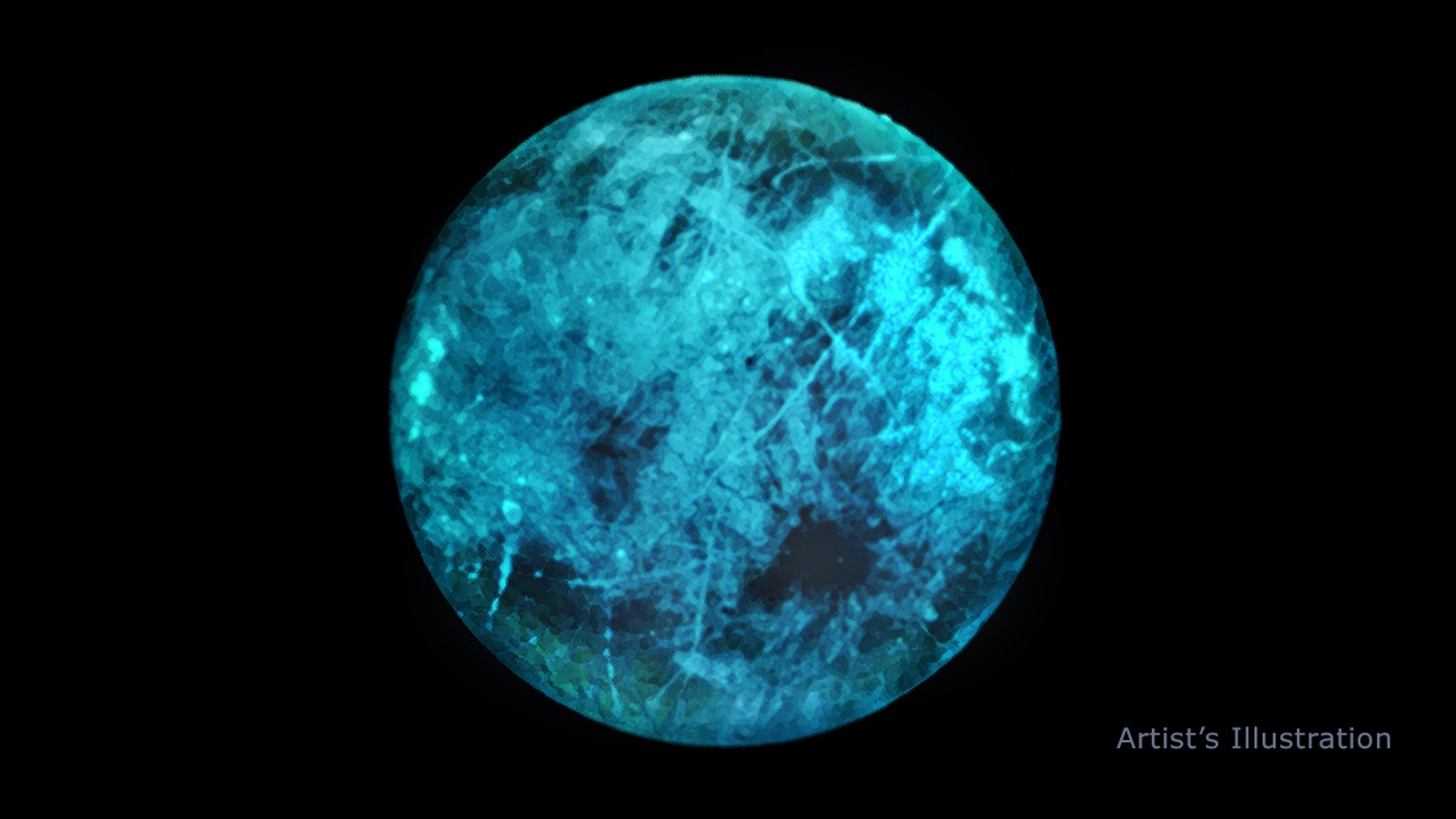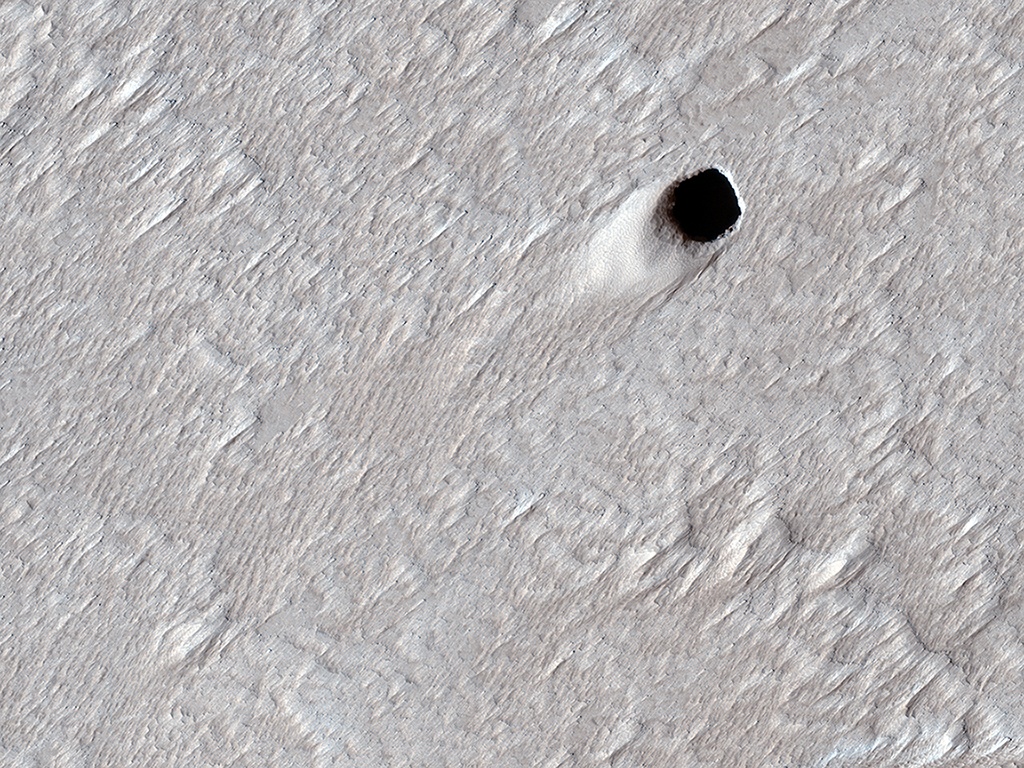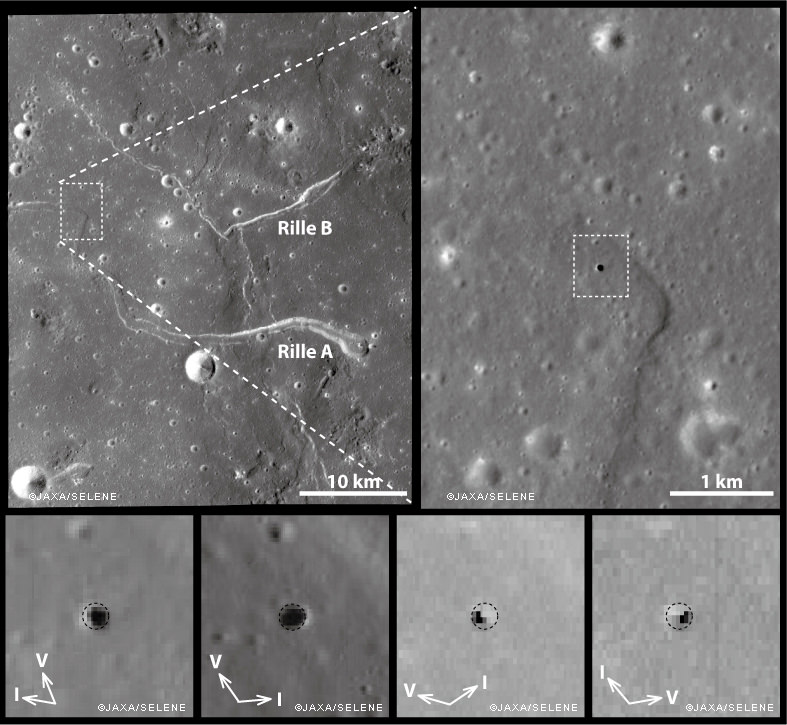Mars is known for its unique geological features. Olympus Mons is a massive shield volcano 2.5 times taller than Mt. Everest. Hellas Planitia is the largest visible impact crater in the Solar System. However, Mars’ most striking feature is Valles Marineris, the largest canyon in the Solar System.
This fascinating geological feature begs to be explored, and a team of German researchers think that a swarm of robots is best suited to the task.
Continue reading “A Swarm of Robots to Explore Mars’ Valles Marineris”


